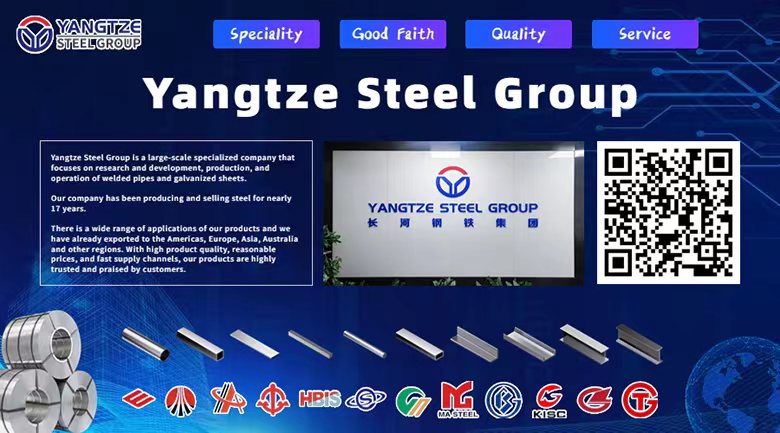Steel heat treatment process
1. Normalizing the fire
It is a metal heat treatment process in which the workpiece is heated to an appropriate temperature, kept warm for a period of time, and then taken out of the furnace and cooled in the air.
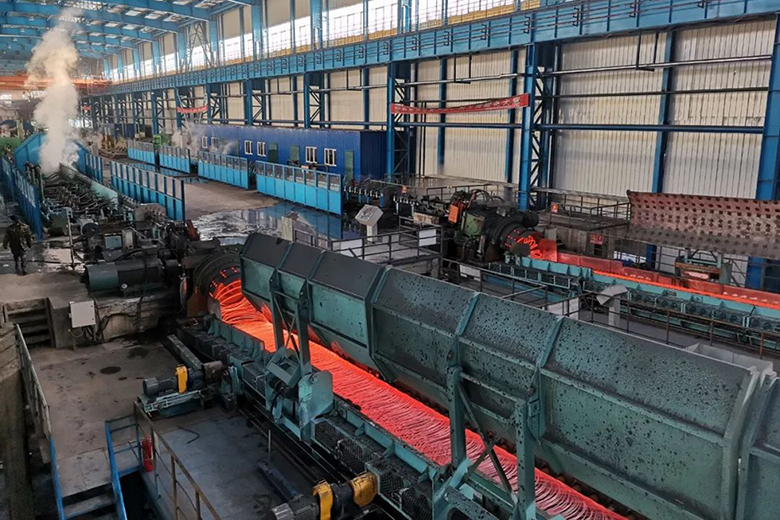
2. Annealing
A metal heat treatment process that slowly heats metal to a certain temperature, maintains it for a sufficient time, and then cools it at an appropriate speed (usually slow cooling, sometimes controlled cooling). The purpose is to soften materials or workpieces that have been cast, forged, welded or machined, improve plasticity and toughness, homogenize the chemical composition, remove residual stress, or obtain expected physical properties.
3. The difference between normalizing and annealing is that the cooling rate of normalizing is slightly faster than that of annealing, so the Normalizing Microstructure is thinner than the Annealed Microstructure, and its mechanical properties are also improved. In addition, cooling outside the normal furnace does not occupy equipment and has high productivity.
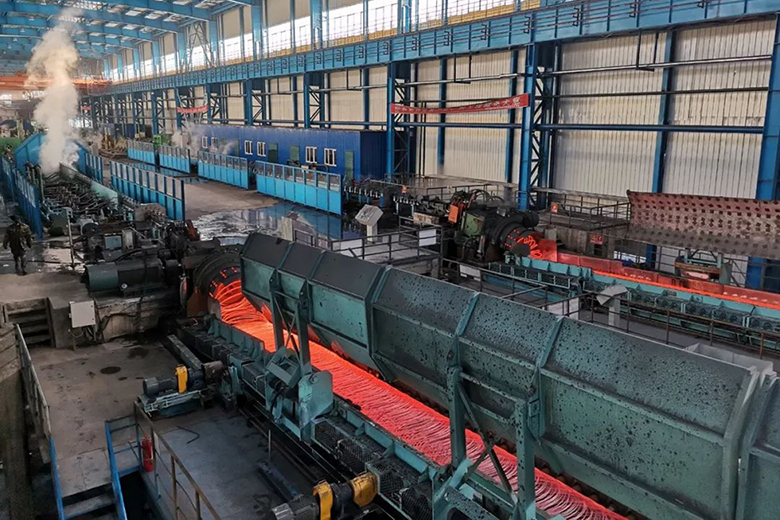
4. Tempering
A heat treatment process in which steel quenched into martensite is heated to a temperature below the critical point A1, kept warm for an appropriate time, and then cooled to room temperature. The purpose of tempering is to eliminate quenching stress and transform the steel structure into a relatively stable state. Improve the plasticity and toughness of the steel without reducing or appropriately reducing the hardness and strength of the steel to obtain the desired properties.
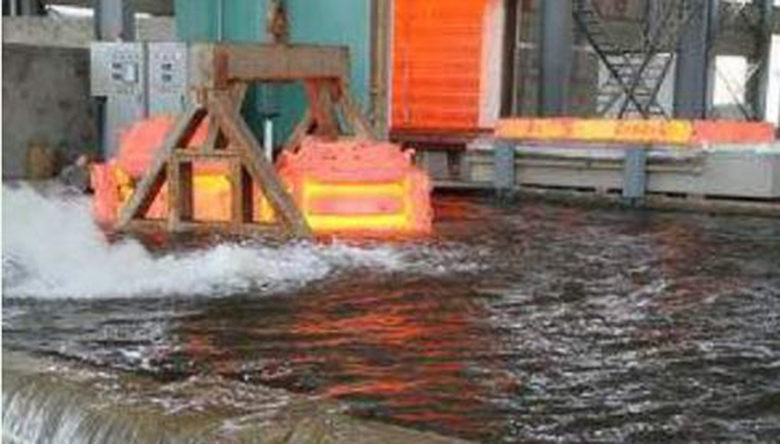
5. Conditioning and tempering treatment
The heat treatment method of high temperature tempering after quenching is called quenching and tempering treatment. High temperature tempering refers to tempering between 500-650℃. Quenching and tempering can greatly adjust the properties and materials of steel. Its strength, plasticity and toughness are all better, and it has good comprehensive mechanical properties.
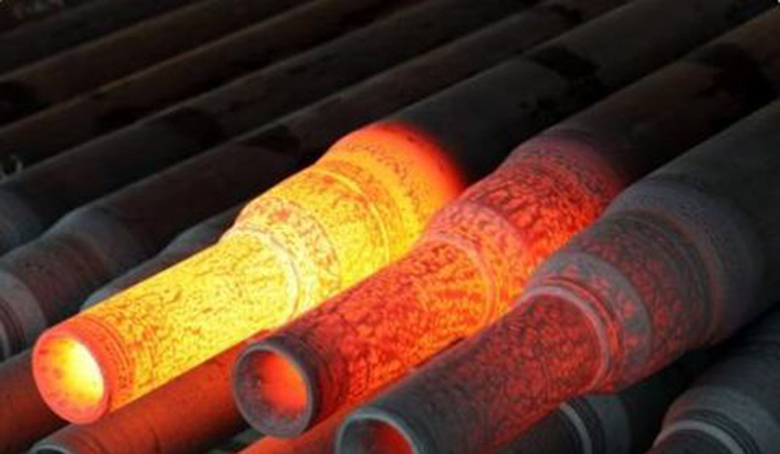
5. Surface heat treatment
When some parts are used, the surface is required to have high hardness, high wear resistance and fatigue resistance, while the core maintains the original structure and performance, which requires the use of surface strengthening surface heat treatment methods.
